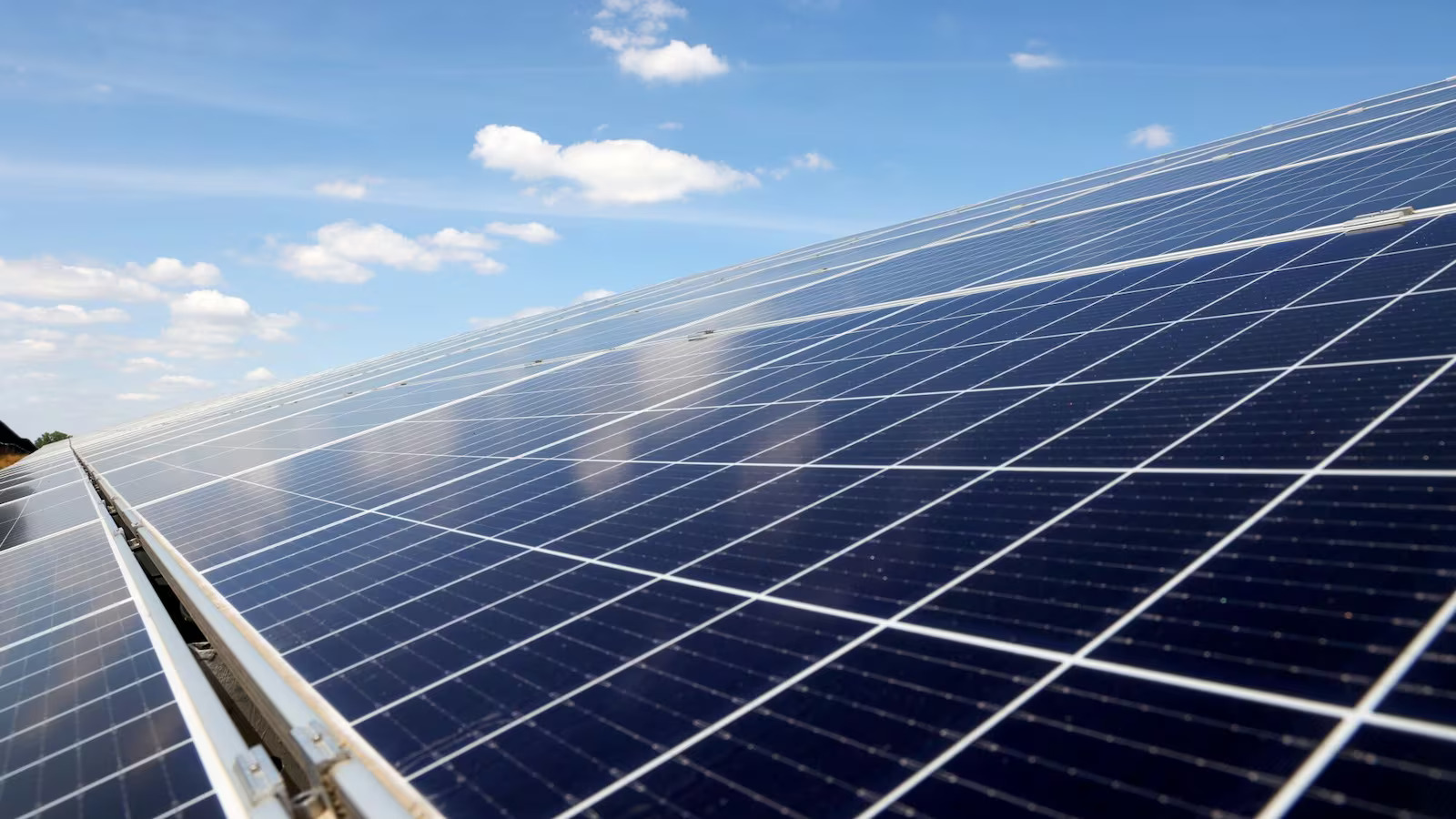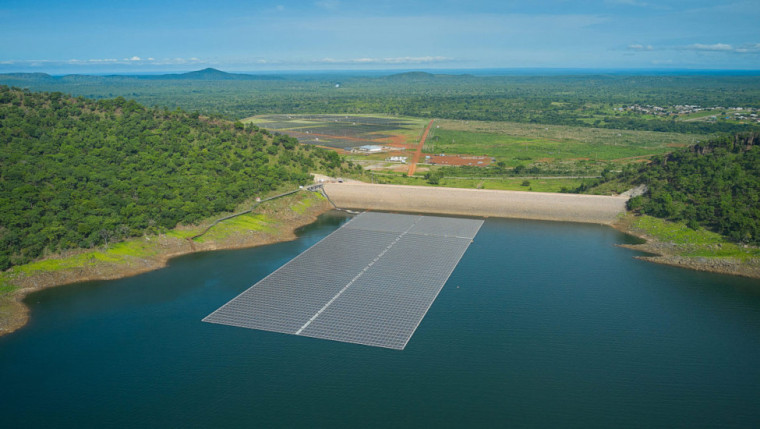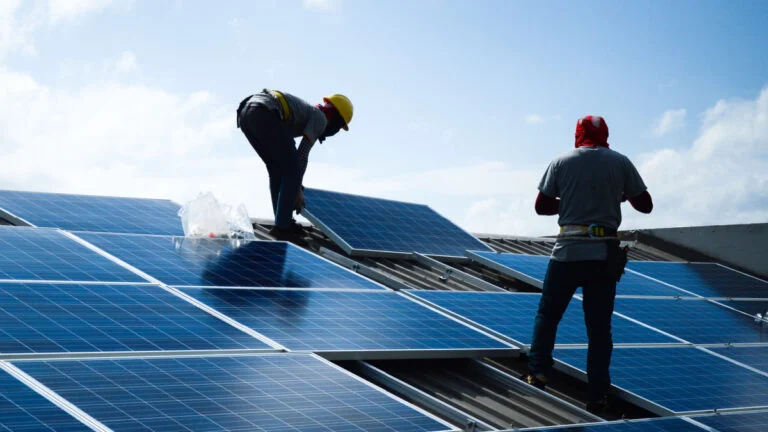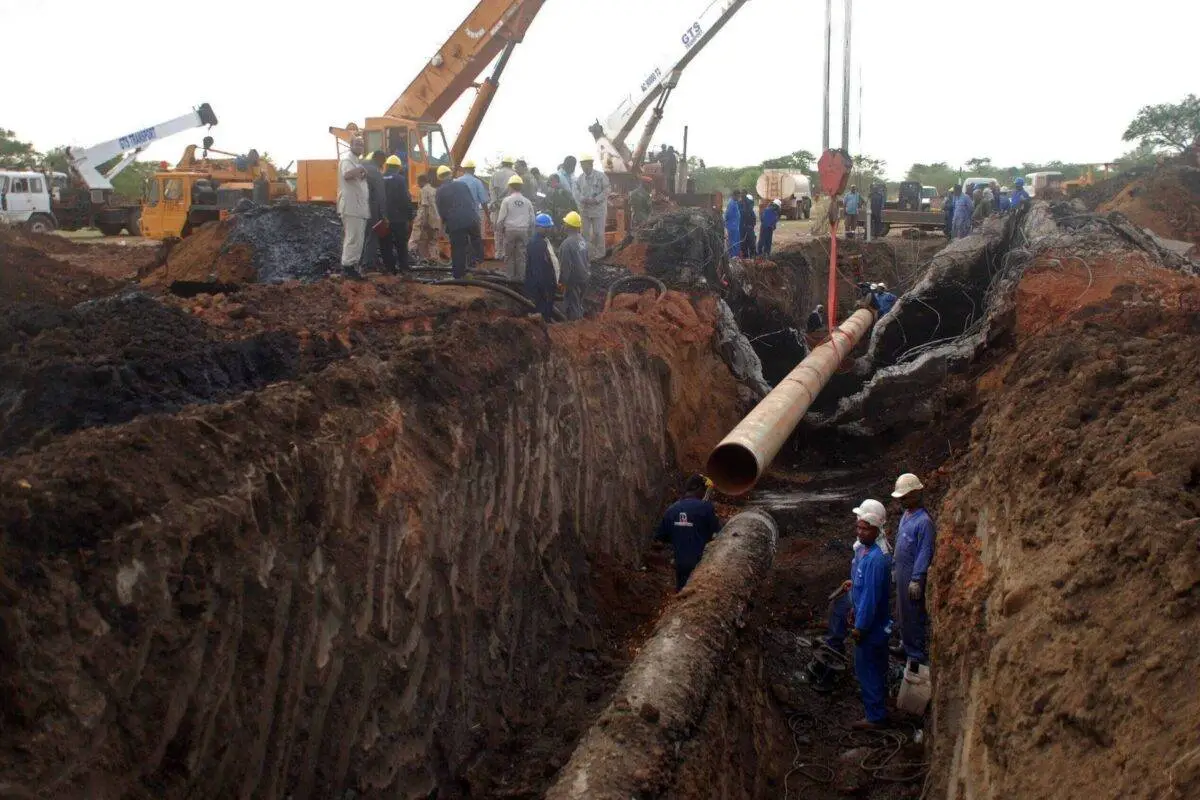Generation

Kenya’s energy dilemma: Leading in renewables, lagging in solar power

Under the scorching sun on a Friday afternoon, the village centre of Kitonyoni in Makueni County, about 180km from Nairobi, buzzes with life. Inside his small shop, Mr William Ndolo works at his tailoring machine, his hands guiding fabric as the needle presses in and out. As he finishes a garment, he seamlessly moves to his solar-powered iron, smoothing out the wrinkles before handing it over to a waiting customer.
Occasionally, visitors from outside the village stop by, drawn in by the sight of the solar panels on top of a cargo container that powers his business and those of his neighbours, including the local dispensary.
The power is distributed using cables just like in a conventional grid at Sh20 per unit (Kilowatt Hour).
Mr Ndolo leans back, a glint of pride in his eyes, ready to share the story.
“On August 25, 2023, the entire country faced the longest power outage that lasted more than 10 hours,” he begins. “While the rest of the country was plunged into darkness, our village kept going. The shops stayed open, the dispensary remained operational, and even the learners kept studying, doing their homework late into the night. We never missed a beat. Our solar grid kept us powered up.”
The Kitonyoni solar photovoltaic (PV) mini grid consists of a PV power, battery plant and a distribution network that was installed in 2012 by the University of Southampton’s Energy and Climate Change Division under its Energy for Development Programme with support from the Ministry of Energy, Kenya Power and Rural Electrification and Renewable Energy Corporation.
Miles away from Kenya, China is leading the global charge in renewable energy, installing nearly twice as much solar and wind power as every other country combined. It produces eight out of every 10 solar panels and controls 80 per cent of every stage of the manufacturing process, according to the International Energy Agency.
Far-flung areas
These cut-price mass-produced solar products and pay-as-you-go solar systems are making their way into developing countries, including the most far-flung areas of Kenya. In these lonesome villages, small solar panels and solar-powered lamps, often stocked by local vendors outside shops, are providing a vital lifeline to individuals still excluded from the national electricity grid. With China’s influence in the market, these once-inaccessible energy solutions are becoming commonplace.
In 2014, the government of Kenya launched the Last Mile Connectivity project designed to bring electricity to remote households by extending the national grid to off-grid areas, now in phase five. Yet, a Kenya National Bureau of Statistics survey released in January reveals that 62.7 per cent of rural households and nine per cent in urban areas are not connected to the main grid. For those connected, only 1.3 per cent used electricity for cooking, with more than half relying on dirty fuel like firewood.
Nationally, the report shows that 91 per cent of homes had power supply. However, even most of those connected to the national grid are installing solar systems due to unreliable power supply and expensive bills from Kenya Power, a state-owned power utility that has in the recent past affected major operations, including Kenya’s largest and busiest airport, Jomo Kenyatta International Airport.
“For years, owning a fridge in the village was out of the question. There were times we would go without power for a week (and it still happens to my neighbours)—sometimes it was a blown transformer, other times it was trees falling on the power lines, and no one would come to fix them for days on end. But with the arrival of solar power companies, I was able to install solar panels in my home. Now, Kenya Power is just a backup source,” says Alice Gathoni, a resident in Embu County. In addition to addressing energy access, many communities across Africa are increasingly turning to renewable energy as a means to become more climate-smart.
While there is no reliable data on the growth of small-scale grid renewable energy in Kenya because these projects are typically carried out by small grassroots organisations or individuals, a new study predicts that Africa will see a 42 per cent growth in new installations in 2025, with data from the World Bank showing that from 2020 to 2022, at least 55 per of new connections in sub-Saharan Africa were off-grid solar connections.
Sonia Dunlop, CEO of Global Solar Council, said there was no question that the off-grid solar market is accelerating. “Africa has a huge potential for solar plus storage, but I would also say that the opposite is true. There is huge potential for solar and storage to boost economic growth, sustainable development, green growth across Africa and help small businesses gain access to dependable and reliable electricity.”
At COP28 in Dubai, countries committed to reaching net-zero emissions by 2050, agreeing on ambitious targets that include transitioning away from fossil fuels and tripling renewable energy capacity by 2030 while deploying low-emission technologies such as renewables, nuclear, abatement and removal technologies.
Kenya’s national energy policy that spells out its strategic direction for the energy sector in the next decade outlines the country’s ambition to generate 100 per cent of its electricity from clean energy sources by 2030.
Early last year, Kenya secured Sh9.1 billion in concessional funding through the Clean Investment Fund’s Renewable Energy Integration Program (REI). The funds were set to support the country’s ambitious efforts to modernise its energy system and integrate renewable energy sources into the national grid. REI is a global initiative designed to assist developing countries in upgrading and adapting their energy infrastructure to incorporate clean and renewable energy sources.
“With solar energy, our village has been transformed, especially on the economic scale. Years ago, we only associated the scorching sun with drought, we didn’t know that something good could come of it,” offers Mr Ndolo.
While small-scale solar energy is gaining traction among individuals, Kenya is still lagging in fully harnessing its potential. The National Energy Policy shows that only 17 per cent of the country’s energy is generated from solar. “Kenya's installed electricity capacity was 3,299.8 megawatts as of December 2024 composed of 29 per cent geothermal, 30 per cent hydro, 13.4 per cent wind, 6.5 per cent solar, and 18.7 per cent thermal,” reveals the report.
According to the United Nations Environment Programme, Africa is home to 60 per cent of the world’s best solar sites. Despite this vast potential, Africa has struggled to harness its solar energy effectively, with many countries, including Kenya, still relying heavily on traditional energy sources. The continent currently harnesses only one per cent of its vast solar potential.
In November last year, Benson Mwaniki, director of Renewable Energy at the Ministry of Energy, said Kenya was pausing on renewable energy projects to curb costs. “The current expressions of interest in solar energy far exceed what Kenya's infrastructure can handle at this time,” he said then, adding that some plans were being deferred to 2040s.
In mid-march, Energy Cabinet Secretary Opiyo Wandayi announced Kenya’s plans to license oil companies to explore gas and oil starting September, a move that experts have termed ironic.
The transition to a more climate-resilient and net-zero future was a key conversation at COP29 in Baku, Azerbaijan, where global leaders, experts, and stakeholders discussed the urgent need for sustainable energy solutions and climate action to mitigate the impacts of climate change.
The principle dubbed “just transition” in climate lingua recognises that both climate change and climate action can generate new risks, hence the need to forge policies that promote equitable benefits.
The government, the policy states, is committed to achieving a Just Energy Transition by reducing dependency on fossil fuel-based energy systems to renewable and sustainable energy resources fairly and equitably. However, Kenya has not endorsed the fossil fuel treaty that calls for a global just transition away from coal, oil and gas.
While Kenya is known as a global leader when it comes to renewable energy, this is mostly in electricity generation. However, it still heavily depends on fossil fuels in other sectors –transport, industries and cooking.
“Access to clean energy improves and brightens people’s lives by driving progress across all sectors, including livelihoods, food sovereignty, health, manufacturing, industry and innovation. Africa’s abundant, untapped renewable energy resources, not dirty fossil fuels, are the key to the historical problem of lack of access to electricity by millions of Africans. The vision of a developed continent is achievable only if it is done right and with the African people at the heart of the mission. Only renewable energy can guarantee this development model. Renewables put power in the hands of Africans. They do not enrich fossil fuel companies at the expense of poor and climate-vulnerable Africans. They also do not trap people into a dependency on dirty means of power,” offers Omar Elmawi, convenor, Africa Climate Movement Building Space.












